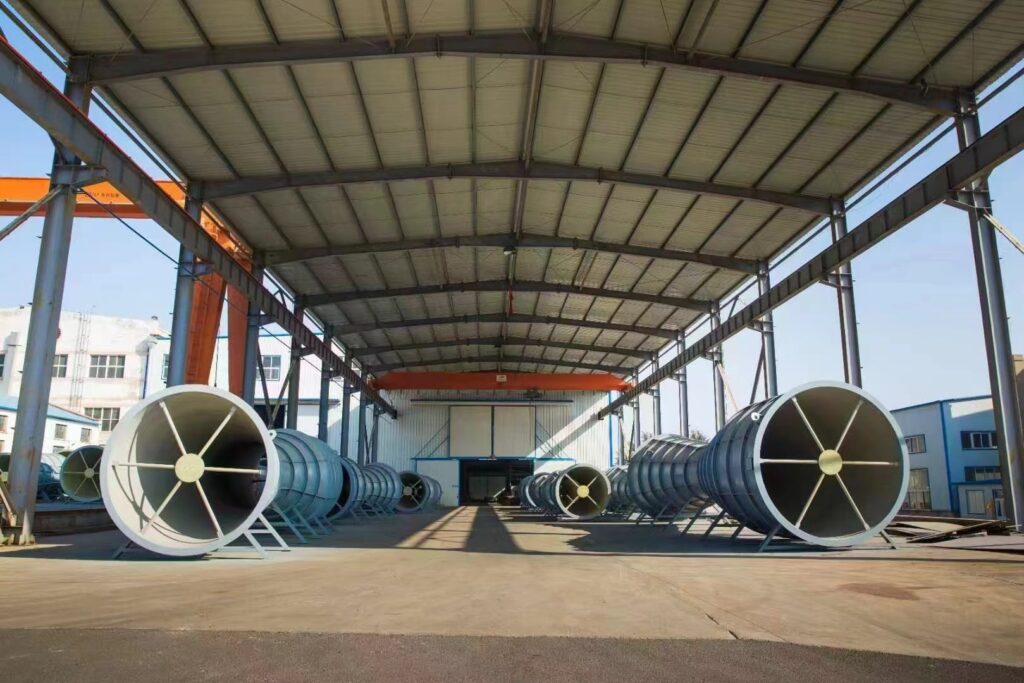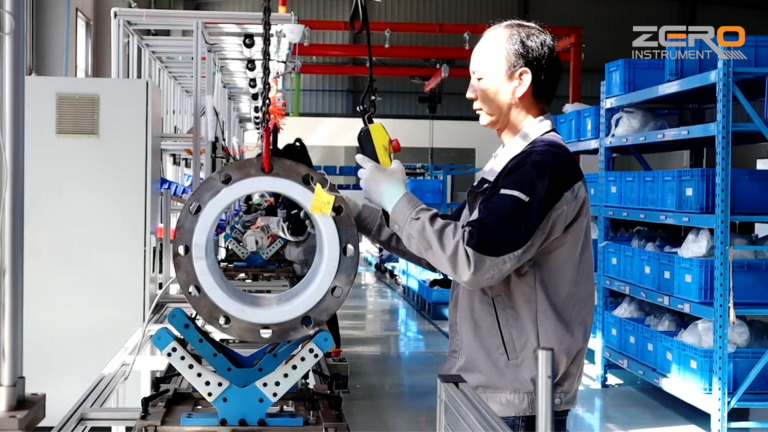1. Empathy - Do the right thing
“The key question is to find the key to the problem.” If you want to find opportunities for process control improvement, you need to understand and care about the operators! Not only have enough respect for their operations, but also find ways to reduce their operational interference.
High-frequency operational intervention contains operational knowledge that needs to be solidified. Operational intervention is solidified by automatic procedures, which is knowledge automation. Not only to improve the “automatic control rate”, but also to take “zero manual operation” as the goal of continuous improvement of device automation.
Operators of many devices are very busy, and engineers are also overwhelmed. However, this situation often remains unchanged for a long time! The fundamental reason is that everyone is a firefighter and did not do the right thing.
Engineers should always talk to operators about what their main jobs are and think about how to reduce the frequency of operations.
There are many ways to reduce the frequency of operations, some are management mode, some are a program, some are PID parameter tuning, and some are to add a control loop. It is not difficult to solve the problem once you find it.
Doing the right thing with empathy can reduce personnel intervention and process alarms, and improve the safety benefit and efficiency of the device. There are not that many complex multi-variable coordinated constrained optimization problems that really require process control experts.
If the basic work of each device is done well, the automation level of the device will be greatly improved, and deep-seated control problems can be discovered.
Solidifying the operator’s operating knowledge through automation and allowing the operator to do more important things can not only improve the operating level of the device, but also stimulate the operator’s creativity.

2. PID parameter tuning and complex control
If you want to be competent in the work of automation improvement, you must learn relevant knowledge. The reason why many engineers engage in urgent but unimportant work is because their knowledge reserves are insufficient.
The lack of knowledge is mainly PID parameter tuning and common complex control schemes. To tune PID parameters, you need to master the tuning methods and skills, as well as experience and knowledge.
The Lambda tuning method is applicable to all first-order pure hysteresis self-balancing objects, and its engineering improvements can extend the scope of application to essentially monotonic self-balancing objects and integral objects. The control performance of large pure hysteresis objects can also be further improved.
In many sites, complex control solutions often only have cascade, and other complex controls such as feedforward control, override control, split-range control and valve position control are rarely seen.
Mastering common complex control schemes is an important step to expand single-loop capabilities and further improve device control levels. In many cases, it is easy to push multi-variable control problems to advanced control instead of sorting out control solutions.
If you master common complex control schemes and can use them flexibly, you are a high-level process control engineer. If you can also understand the essence of process requirements, you are a process control expert.

3. Data analysis – the right way to do things
Even if you have mastered the relevant knowledge of PID parameter tuning and complex control, it still feels difficult to come up with a control plan.
If you can’t do things the right way, it’s even harder to systematically solve process control problems and improve the automation of your equipment.
Let facts and figures speak for themselves is the right way to do things. Perform control loop information statistics and operation event statistics in DCS.
All control loops are analyzed, and PID parameters are adjusted for control loops that meet the conditions for use. Analyze the top ten high-frequency operation events and formulate corresponding knowledge automation plans.
Basically, the operational intervention of the device can be greatly reduced.
During control loop analysis, you must pay attention to check the technical details of the loop configuration, including name, description, range, PID form, integral saturation setting, set value tracking, etc.
The reason why the control loop does not meet the conditions for operation should be treated with caution, and the reason cannot be simply based on process requirements. Common unspecified commissioning conditions include: intermittent use and instrument failure.
During the process of PID parameter tuning, you must have an overall understanding of the relevant loops. Systems thinking is very important in the coupling process. For example, if you have systematic thinking about the sequence of cascade tuning, you will naturally know it.
A high self-control rate does not mean a high level of device automation. Less operational intervention means a higher level of plant automation. In order to find missing critical controls, operational event analysis is necessary.
The more frequent the operation, the stronger the causal relationship, and the more it should be automated. In actual work, sequence control, PID parameter tuning, and adding control loops are all possible solutions.
Any method that can reduce operational intervention is a good method, and there is no distinction between advanced and backward. Sequencing is a common and good way to reduce operational intervention during intermittent production. If PID parameter tuning cannot solve the problem, modifying the control plan is often an inevitable choice.
The work of sorting out control plans is generally not done well enough.

4. Continuous improvement to tap potential and increase efficiency
In modern industries where there are a large number of manipulation methods, operational intervention can be significantly reduced gradually by improving processes, updating equipment, and improving plans.
However, reducing operational intervention is only the starting point for tapping the potential and increasing efficiency of the device. How to automatically handle more abnormal situations and reduce peak operation intervention must be considered.
How to make full use of the various existing control methods to optimize the potential of the device also needs to be considered. Sometimes it is necessary to comprehensively consider the coordination of multiple manipulation methods on a larger scale to discover benefit points.
When these problems are encountered, it just shows that the automation level of the device is already very high. These issues are the real process control challenges. Simply designing a PID control loop with a single variable is enough.
